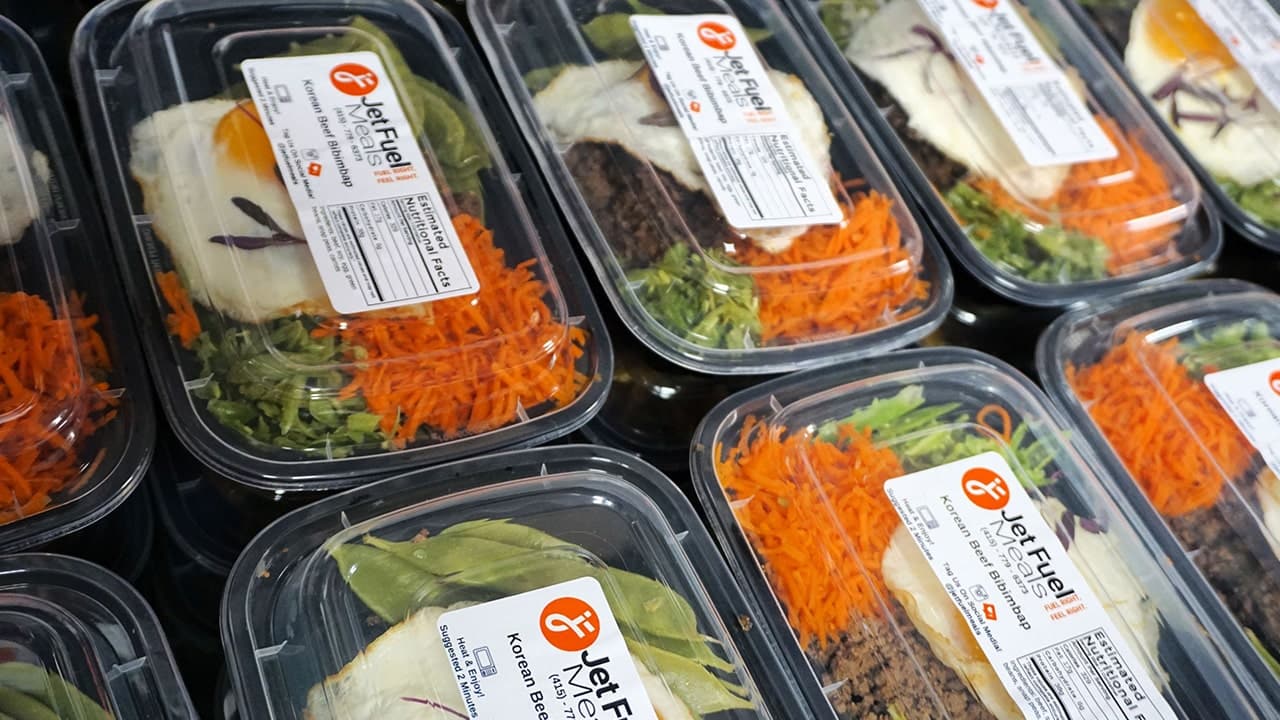The ketogenic (keto) diet relies on a metabolic state known as “ketosis,” which develops when your body cannot use all the glucose it needs for energy and switches to burning fat. Your liver consumes fat when you are in a ketosis state to produce chemicals called “ketones,” which are then pumped into your circulation and used as power for your brain, tissues, and muscles. The keto diet aims to get the body to start burning fat instead of carbs, but keep in mind the ideal keto proportion of ingredients.
Table of Contents
For a ketogenic diet, what are the ideal macros?
The ideal keto proportion diet is low in carbohydrates, moderate in protein, and high in fat, with typical daily percentages falling into the following ranges:
60 to 75 percent of calories should come from fat, and 15 to 30 percent from protein. 5–10% of calories come from carbohydrates.
What kinds of fruit are keto-friendly?
Fruits should only be consumed in moderation because they are naturally high in sugar. Some fruits are simpler to include in your diet and contain less natural sugar. Berries like blackberries, strawberries, raspberries, and blueberries are often a wise choice if you’re following a low-carb diet.
How soon can you start losing weight on the keto diet?
During the first week, water loss predominates. With more at stake, you will, however, lose more rapidly. Real weight reduction may not start for a few weeks if you simply have a little amount to drop.
Depending on how much weight has to be lost, keto weight loss will vary from week to week.
How long does it take for the body to go into ketosis?
If you keep your carbohydrate consumption to under 20 grams per day, it typically takes 2 to 3 days to reach ketosis, depending on how rigorous you are. To become fat-adapted, though, might take a week or two.
What foods are permitted on a ketogenic diet for breakfast?
Eggs with bacon are the most popular keto morning food. However, a lot of individuals might rapidly become bored with a lack of diversity. Try low-carb yogurt or keto pancakes to spice things up while maintaining your macros.
How to begin keto: week 1’s diet plan
- Reduce your intake of high-glycemic foods like pasta, bread, and rice, but—believe it or not—you won’t miss them since there are so many delicious substitutes. You won’t feel hungry if you replace these items with high-fat, low-carbohydrate alternatives.
- Consume a lot of non-starchy vegetables, such as green leafy vegetables, broccoli, and cauliflower.
- Only 15 to 30 percent of your overall diet will be made up of lean proteins like beef, chicken, tofu, or fish. Your protein intake will be modest.
- Your daily intake will be completed by fats. These should be followed by foods high in healthy fats, such as cheese, avocados, olive oil, nuts, or nut kinds of butter.
A ketogenic meal plan‘s 3 main rules
- Limit your intake of fruits, and avoid foods like bread, potatoes, pasta, beans, rice, cereals, and sweets.
Start examining a variety of foods we consume, such as salad dressing, jams, spaghetti sauce, peanut butter, etc., for hidden sugars.
Try to limit your fruit consumption to low-glycemic fruits like berries if you must.
- For meats, cheese, eggs, avocados, veggies, nuts, and fats, eat anything you want.
- Snack on cheese, almonds, and meat. The ideal keto proportion diet snacks to have on hand are cheese sticks wrapped in turkey or ham, or pepperoni, salami, almonds, and avocados. Eat as much of them as you need to prevent hunger.
Keto can save you time
This beginner-friendly keto meal plan is pretty straightforward. Here are some guidelines to help you make delicious low-carb dinners without cooking constantly.
- On weekends, You cook.
- Every night, prepare dinner.
- Have lunch with leftovers.
- Consume keto-friendly treats.
- Eat sweets from the keto menu for breakfast without fear! Of course, you may always have a breakfast of eggs and bacon, almonds, yogurt, etc. However, it is OK to consume an almond scone both for breakfast and dessert.
How to remain on a ketogenic diet: tips & tricks
- Try not to lose heart. Keep in mind that you are breaking a lifelong addiction to carbohydrates, and it may become difficult while your body adjusts both physically and psychologically.
- You could experience fatigue. Remember that this indicates that it is effective since your body is switching from one type of fuel to another. You’ll soon begin to see the advantages.
- You’ll soon experience energy. Many claims to have felt energized by this week’s end and even to have begun to see some keto weight reduction. Keep going if you’re not one of them; it will happen soon.
Budget-Friendly Ways to Adopt the Keto Diet
Fresh, high-fat avocados, low-carb berries, almonds, and other whole foods may be rather expensive, particularly if they aren’t already in your budget. Luckily, there are a few tips you may use to save money while consuming a ketogenic diet. Bulk purchases of nuts and frozen fruits are only some examples.
Which Snacks Are the Best Choices?
Due to the fact that traditional go-to’s, such as chips, crackers, and granola bars, are forbidden on the keto diet, snacking can be challenging. Because of their greater carbohydrate content, starchier whole foods that are typically seen as healthful, like bananas, won’t fly either.
Even if you don’t consider yourself a snacker, it’s a good idea to have keto-friendly foods on hand for when hunger hits (in your office desk, handbag, or backpack).
Some nuts, particularly meats, olives, cheese, and other high-fat, low-carb foods are OK.
Another encouraging development is that many businesses are entering the keto diet market and developing specialized goods that eliminate the uncertainty involved in calculating macronutrient intake. Some have even attempted to imitate popular comfort foods that are frequently heavy in carbohydrates, such as candies, potato chips, and even biscuits.

